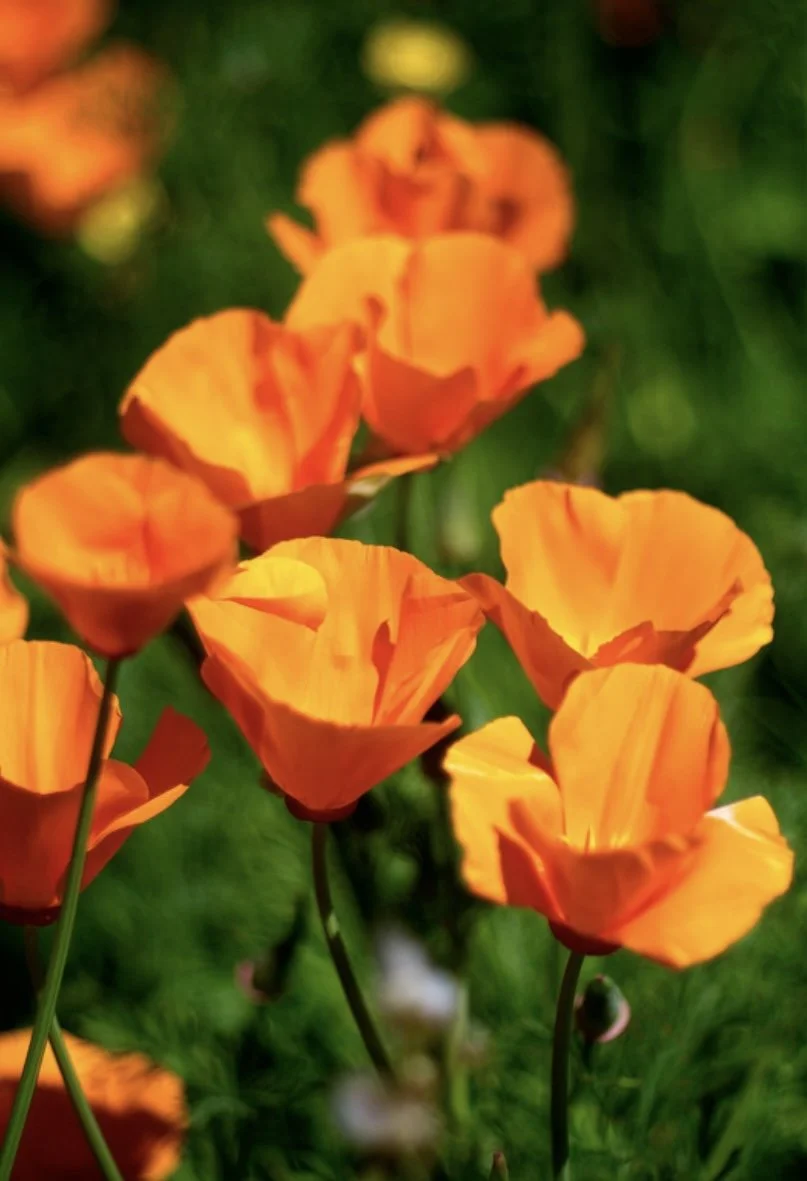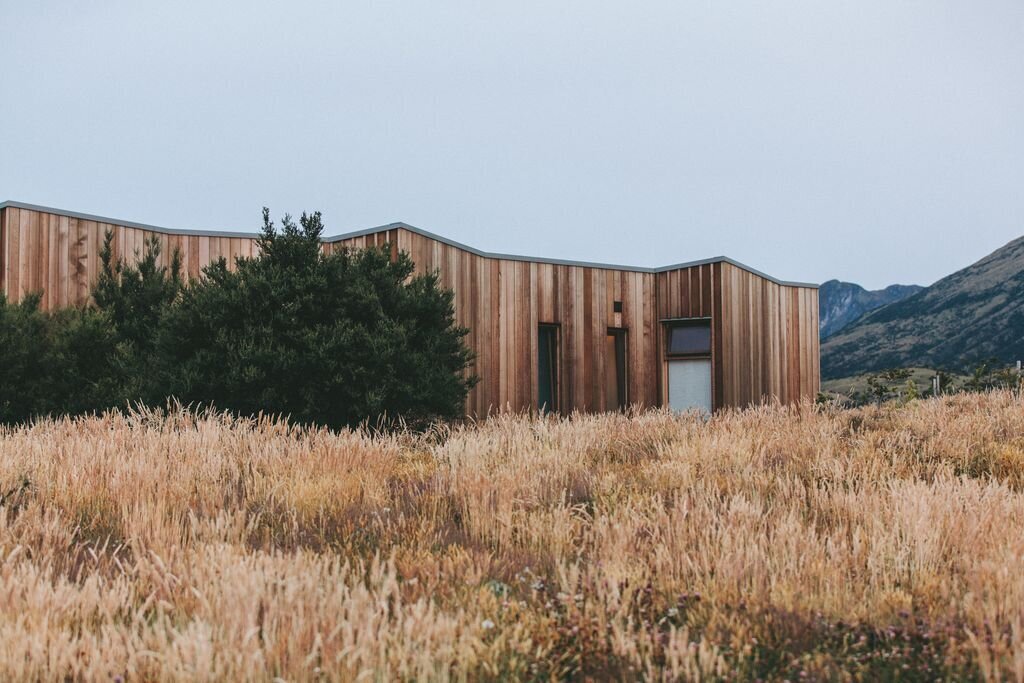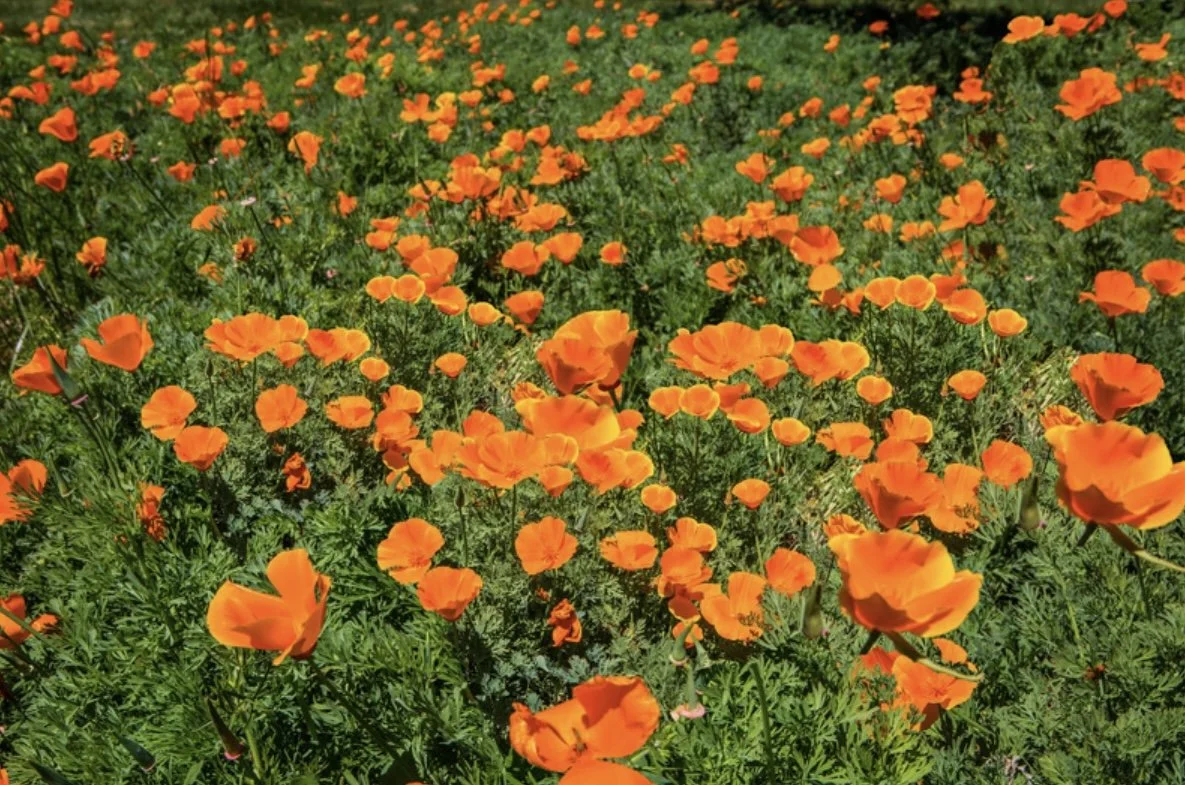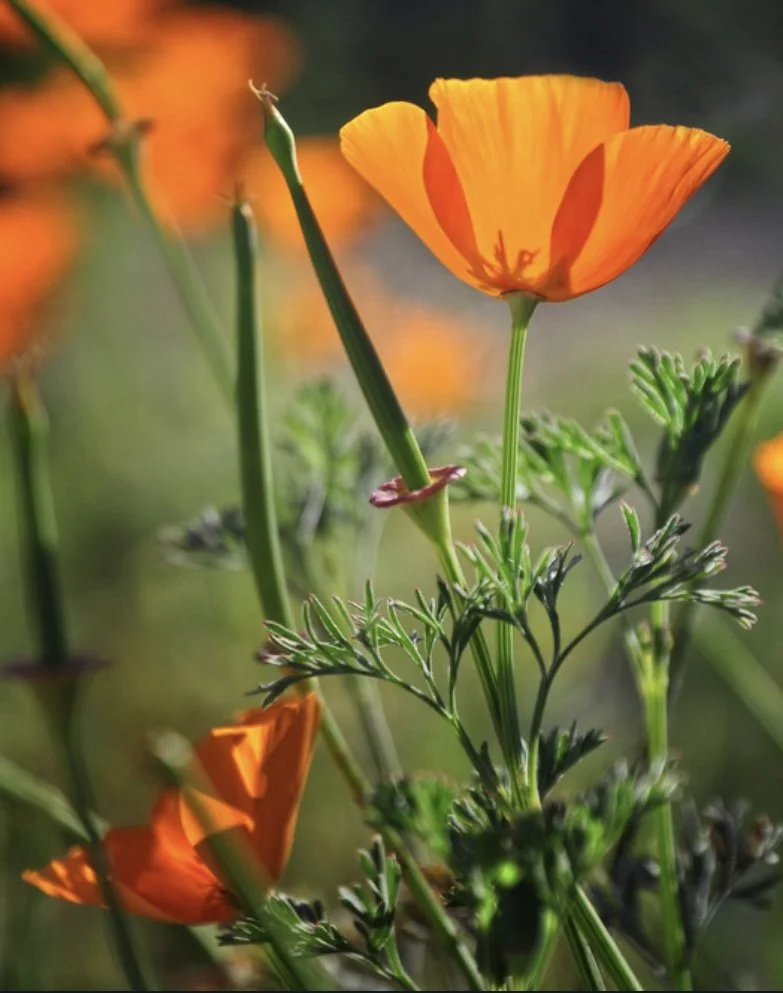
Help the poppies keep popping!
Edible flowers
❀
Benefits native plants
❀
Attracts butterflies, hummingbirds, and bees
❀
Edible flowers ❀ Benefits native plants ❀ Attracts butterflies, hummingbirds, and bees ❀
California poppy benefits for earth
Soil renewal
Poppies play a significant role in enhancing soil health. These hardy wildflowers contribute to soil fertility through their ability to fix nitrogen, enriching the soil as they grow.
Their extensive root systems help improve soil structure, promoting aeration and water retention. Creating a hospitable environment for other native plants to thrive.
Attracts wildlife
These enchanting flowers draw in pollinators such as bees, butterflies, and hummingbirds with their bright colors. The lush foliage also provides essential habitat for beneficial insects that are great for aphid and other pest control creating a thriving ecosystem in your garden. The poppy not only adorns the landscape but also plays a crucial role in supporting local wildlife, making it an invaluable asset to the environment.
Food Garnish
Poppy flower petals can be collected, washed, and dried for a tea that benefits sleep and insomnia. Fresh poppy flower petals offer a unique and vibrant addition to various dishes. Their delicate texture and subtle, sweet/sour flavor can enhance salads with a pop of color. For a creative twist, consider incorporating them into baked goods—mix into cookies, muffins, or cakes for a visually appealing treat.

Invasive plants aren’t leaving space for Poppies
Invasive plant species pose a significant threat to California poppies (Eschscholzia californica), which are the state flower and a key component of California's diverse ecosystems. The introduction of non-native plants leads to competition for resources such as light, water, and nutrients, ultimately affecting the growth and survival of California poppies.
One of the primary effects of invasive species is their ability to outcompete indigenous flora, including California poppies. For instance, species like cheatgrass (Bromus tectorum) can dominate landscapes, altering natural habitats and limiting the available space for poppies to thrive. These invasives often have faster growth rates, enabling them to establish themselves in an area before native plants can recover from disturbances.
In addition, invasive plants can change soil chemistry and nutrient availability, which can negatively impact California poppies. Some non-native species may inhibit the growth of neighboring plants through allelopathy, a process in which they release chemicals into the soil that suppress native flora.
The decline of California poppy populations, exacerbated by invasive plants, has implications for wildlife that depend on these flowers for food and habitat. Pollinators, such as bees and butterflies, are drawn to California poppies; therefore, a reduction in their numbers can adversely affect the entire ecosystem.
Caring for poppies
Seed germination
Germinating California poppy seeds is a straightforward process that can lead to vibrant blooms in your garden. Start by selecting a sunny location, as these flowers thrive in full sunlight. Scatter the seeds on top of well-draining soil, preferably a sandy or loamy mix. Lightly press the seeds into the soil without covering them, as they require light for germination. Keep the soil moist but not waterlogged. Germination typically occurs within 10 to 15 days, depending on temperature. Once seedlings emerge, thin them to allow proper air circulation and growth. After that they will thrive all on their own, providing bursts of color and charm to your outdoor space.
Poppy plant care
Taking care of California poppy plants requires a few simple steps to ensure their vibrant blooms thrive. These drought-tolerant beauties prefer well-draining soil and full sunlight, making them ideal for sunny gardens. Water sparingly; once established, they need minimal irrigation. Regularly remove any weeds that may compete for nutrients. Fertilization is typically unnecessary, as California poppies flourish in poor soil conditions. To promote continued blooming, deadhead spent flowers by gently twisting them off. With proper care, these cheerful orange and yellow flowers will fill your garden with stunning color and attract pollinators, creating a lively and thriving outdoor space.
Collecting Poppy seeds
When the California Poppy blooms have faded and the petals have fallen off in late spring or early summer look for elongated seed pods they will initially be green but will turn brown as they mature. You want to collect them as soon as they turn brown, before they dry up and pop open releasing the seeds to be carried away by the wind. You can wrap a mesh drawstring bag around the seeds pods to make sure you dont miss any.
Just one poppy bush makes an outstanding amount of seeds. Letting California poppies self-seed in your yard transforms your outdoor space into a vibrant tapestry of color. These resilient flowers thrive in a variety of conditions, requiring minimal care. Once established, California poppies will naturally disperse their seeds, ensuring a fresh burst of beauty year after year. Their delicate, yet sturdy nature enhances the landscape, attracting pollinators and fostering biodiversity.
Letting Poppies spread

This winter 2025 we will be giving out California Poppy seed packets to anyone who wants to start a garden or turn their yard into a nature scape for native insects, bees, butterflies, and hummingbirds. but may not be able to for any reason! Sign ups will start in October!
We want to help!
If you’d love to help bring vibrant color and life to neighborhood lawns we are taking donations to stock up on as many poppy seeds as we can before the summers over! These stunning flowers not only brighten our surroundings but also support local wildlife and promote biodiversity. Your generosity will assist in transforming dull, lifeless yards into a blooming spectacle that everyone can enjoy. Join us in making our community greener and more inviting—one poppy seed at a time!



